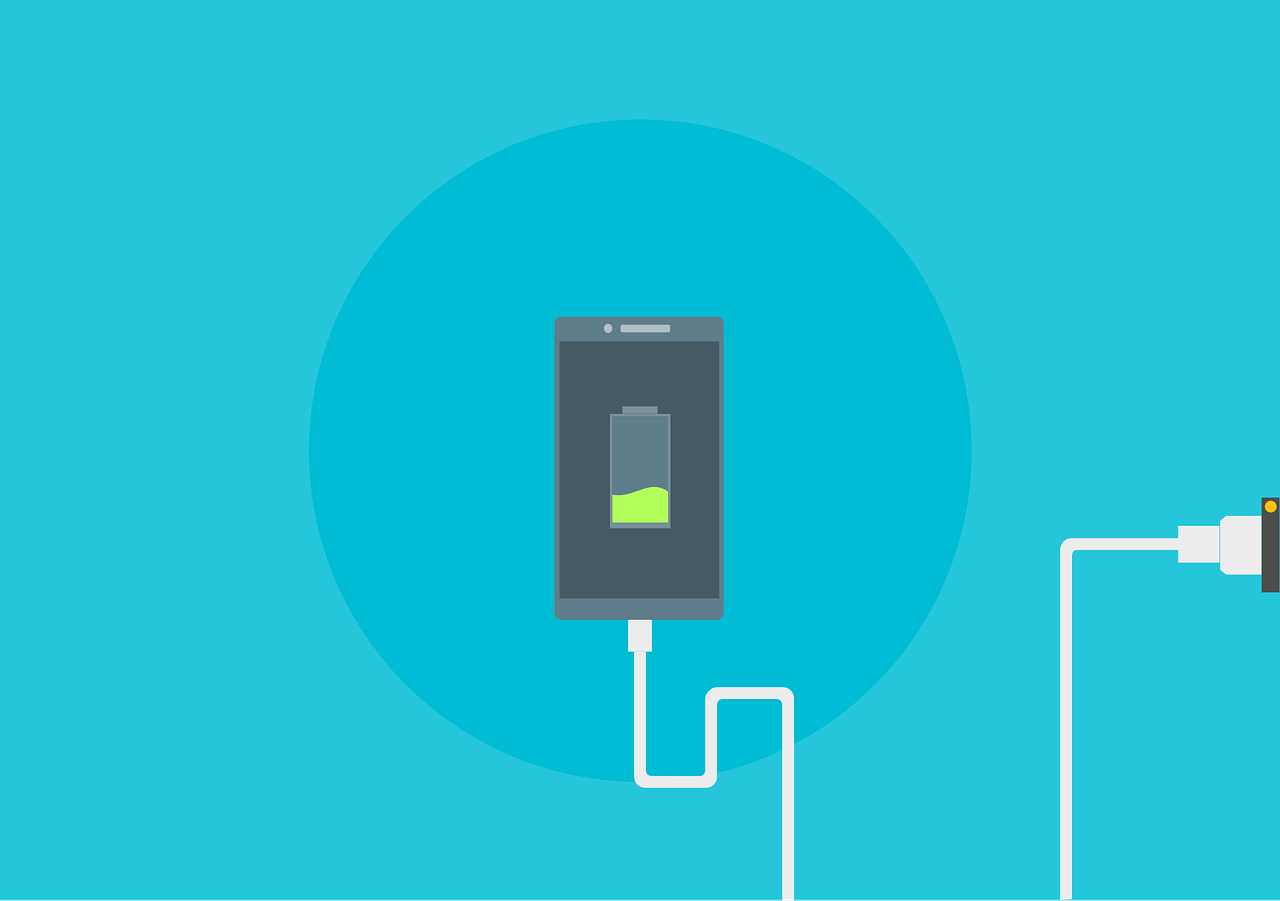Media release
From:
Scientists have designed a novel electrochemical method that promises to advance our understanding of charge transport in materials vital for next-generation batteries, as well as bioelectronic interfaces and neuromorphic computing circuits.
According to the study, reported in the journal Advanced Materials, the method holds the potential to significantly reduce battery charging times while improving specific energy and operational lifespan.
The researchers’ findings offer new insights into enhancing the performance of electrochemical systems, including batteries, fuel cells, and sensors. They provide a robust framework that enables faster operation, greater efficiency, and extended lifespan in energy storage and conversion devices.
“The insights gained from this study have significant implications for the development of electrodes and conductors used in advanced electrochemical devices by linking their time and frequency domain responses,” said co-author Professor Anis Allagui, an expert in energy storage and supercapacitors at the University of Sharjah.
He emphasized that the research, using fractional diffusion theory, deepens understanding of transient charging behaviors in complex materials, which is key to designing high-performance components used for advanced engineering electrochemical systems in general.
“This work provides an important quantitative way to connect microscopic dynamics in complex systems with macroscopic, measurable variables,” Prof. Allagui added. “By improving the understanding of transient charging behaviors, the research paves the way for designing mixed ionic-electronic conductors with enhanced performance characteristics, such as faster charging times, greater energy densities, and longer operational lifespans.”
Advancements in the functions and operations of electrochemical devices are critical to the evolution of energy technologies, including high-performance batteries, supercapacitors, and fuel cells, but also bioelectronic and neuromorphic circuits. “Understanding charge transport dynamics in these materials is crucial for optimizing device performance,” Prof. Allagui said.
When asked about the central focus of the research, Prof. Allagui explained that the authors' primary objective was to contribute to academic knowledge. However, he maintained, “The potential applications of its (the study’s) findings are of considerable interest to industries involved in energy storage and conversion technologies.”
“Companies and institutions focused on developing more efficient and sustainable energy solutions may find the insights from this research valuable for guiding future material innovations and device designs,” he noted.
According to the authors, the study “establishes a robust experimental and theoretical basis for analyzing subdiffusive ion transport in MIEC systems” – a class of materials critical for advanced electrochemical applications.
“The insights gained herein offer general design principles for optimizing the performance of devices based on mixed conductors, particularly where ionic dynamics are rate-limiting or memory effects are desirable,” the authors write.
The paper investigates the intricate behavior of mixed ionic-electronic conductors (MIECs), which are central to emerging technologies in energy storage and conversion, bioelectronics, and neuromorphic systems. While the fundamental physics of these materials is relatively well understood, the transient mechanisms governing their charging dynamics remain relatively unexplored.
The authors’ analysis reveals that ionic transport in thinner MIECs films exhibits faster charging and discharging behavior, following a thickness-limited scaling law, which is accurately predicted by the fractional diffusion model. Additionally, the study shows that the fractional impedance serves as a practical diagnostic tool for identifying diffusive behavior and refining device operational parameters.
“We introduce a novel approach by applying fractional diffusion models, which incorporate memory effects and non-local interactions, to better describe the dynamic charging processes in MIECs,” stressed Prof. Allagui.
According to the authors, MIECs play a vital role not only in energy storage but also in bioelectronics, and neuromorphic computing. “Understanding charge transport dynamics in these materials is crucial for optimizing device performance,” they noted.
“These insights bridge theoretical electrochemistry and practical device engineering, illustrating how transport dimensionality can be engineered by tuning film thickness and morphology,” the authors write. “Our approach bridges electrochemical theory and practical experimentation, offering a reliable and reproducible method to quantify anomalous diffusion charging dynamics in MIEC-based devices.”
The authors reiterate that their work “lays a foundation for future studies on tuning ionic-electronic coupling via structural control and motivates the integration of fractional models in device simulation and the design of next-generation energy and electronic devices.”



 International
International


